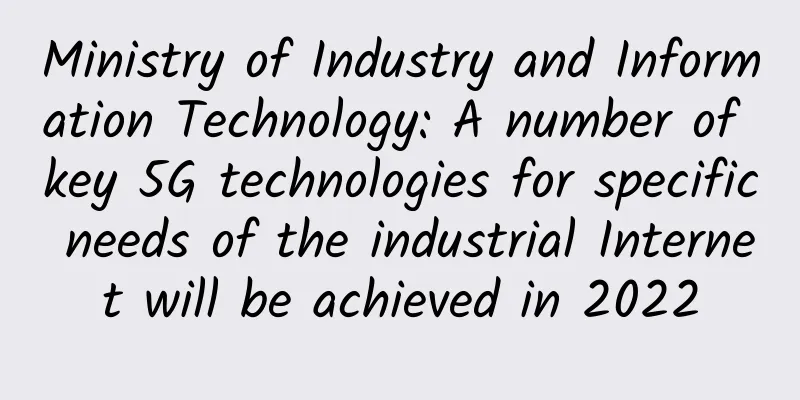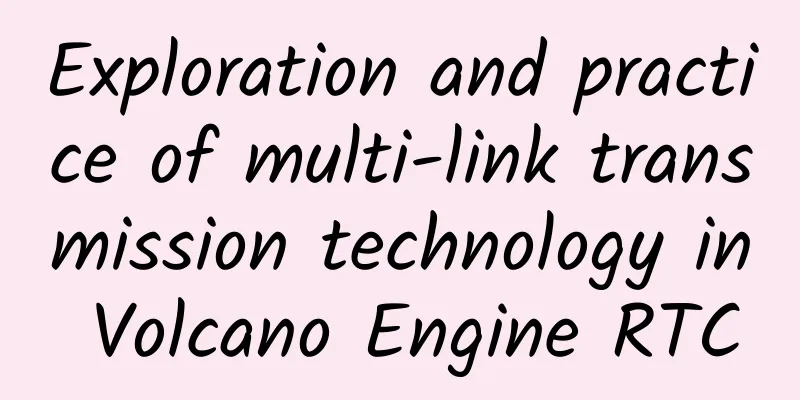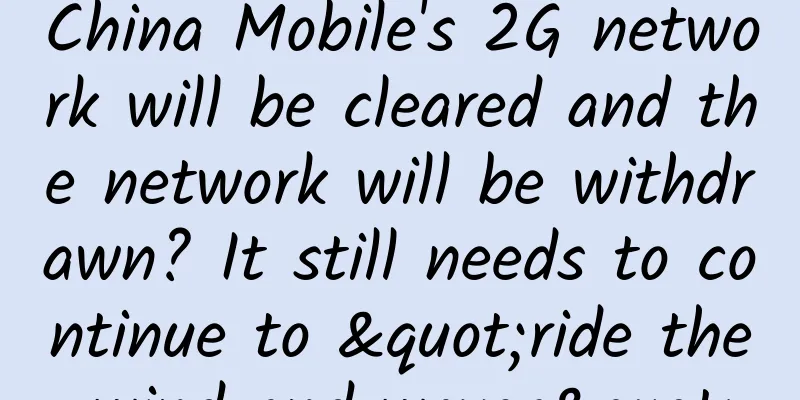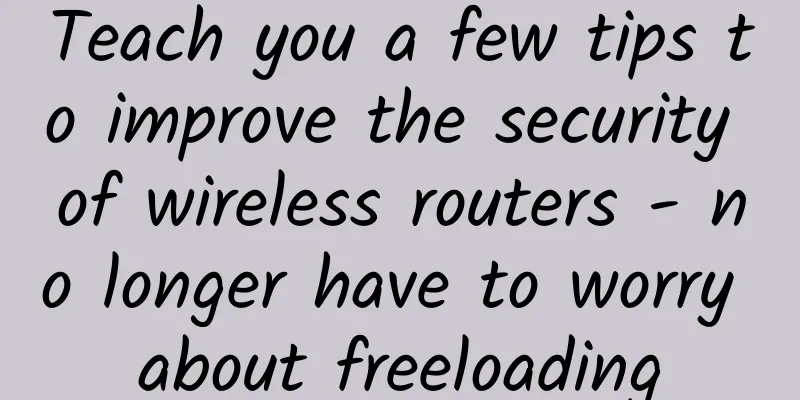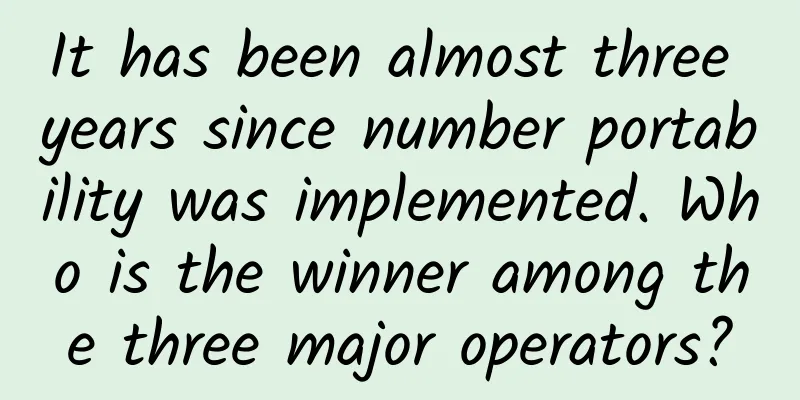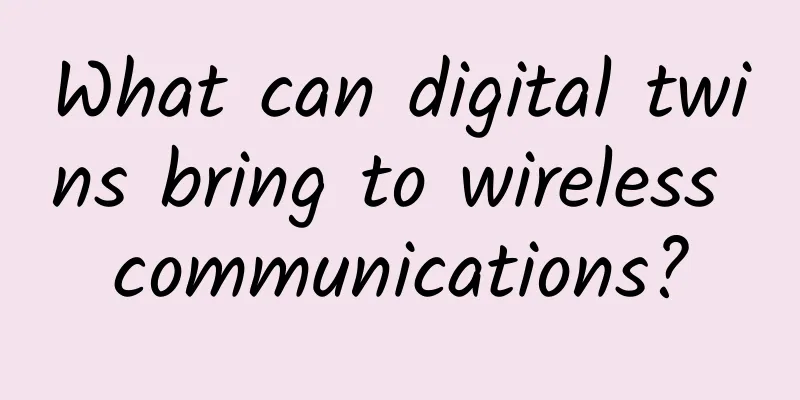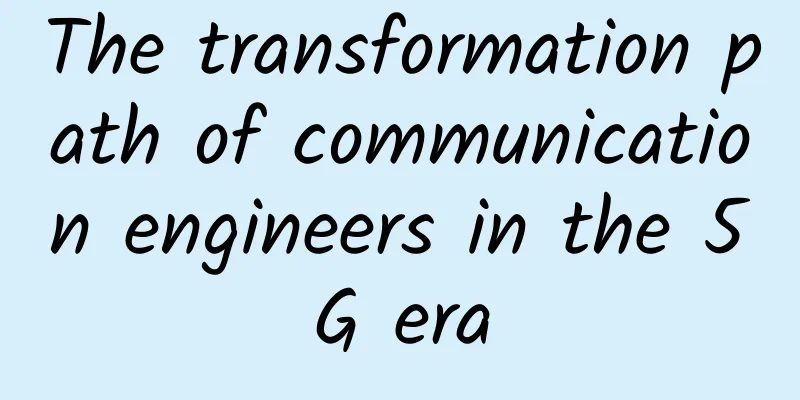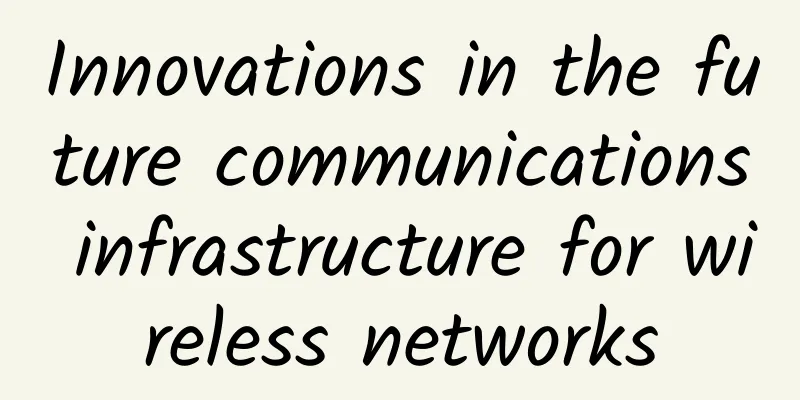Say hello politely - TCP protocol three-way handshake
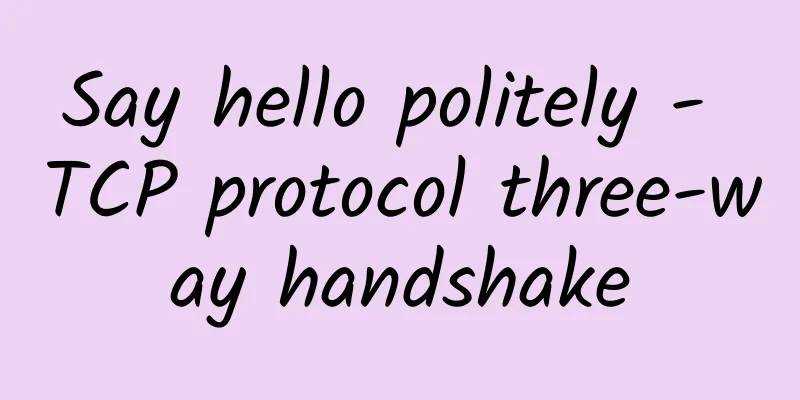
The Art of CommunicationWhat is the most basic and important thing when we communicate with others? Is it good communication? Is it the right timing? Is it the ability to put yourself in someone else's shoes? Yes, but not entirely. The first step in communication is of course to say hello politely. Wait a minute, what are we doing now, popularizing psychology knowledge? This is not our purpose, nor is it our strong point. We just want to introduce how computers on the network greet each other politely and how the TCP protocol establishes connections. TCP protocol three-way handshakeIn the article "Detailed Explanation of TCP Protocol Messages", the contents of TCP messages have been introduced in detail. So how do hosts establish connections in the TCP protocol? First, the host that requests to establish a connection is called the client, and the host that is connected is called the server. First HandshakeWhen the client requests to establish a connection with the server, it sends a data packet with sequence number j (seq=j) and control bit SYN=1 to the server. At this time, the client status is SYN_SENT. Second handshakeAfter receiving the data packet, the server will add an entry for the client's SYN packet (seq=j) in the unconnected queue, indicating that the client's data packet has been received. The server will also send a data packet with sequence number k (seq=k), confirmation number j+1 (ack=j+1), and control bits SYN=1 and ACK=1 to the client, waiting for the client to confirm. At this time, the server status is SYN_RECV. The third handshakeAfter the client receives the SYN=1, ACK=1, ack=j+1, seq=k packet from the server, it will respond with an ACK=1, seq=j+1, ack=k+1 packet to the server, indicating that the client has received the server's packet and enters the ESTABLISHED state, indicating that the connection has been established. After the server receives the ACK packet, it deletes the corresponding entry in the unconnected queue and enters the ESTABLISHED state, indicating that the connection has been established. Retry and Fault ToleranceWhy does the TCP protocol require three handshakes? Is two not enough? First, assume that only two handshakes are performed, that is, the server establishes a connection immediately after receiving the SYN packet and starts transmitting data. What problems will arise? If the server receives the SYN data, it will immediately establish a connection for the corresponding client. However, if the client does not receive the ACK packet from the client due to some reasons (such as network interruption, etc.), it will request to re-establish the connection and resend the SYN packet to the server. At this time, the server needs to re-create the connection resources, but the old connection is actually an invalid connection, which wastes system resources. If a large number of clients retry after a long time, it will lead to a serious waste of server resources. SummarizeIn the TCP protocol, a three-way handshake mechanism is used to ensure the reliability of the connection in the Internet. In order to prevent frequent invalid connections and waste of server resources due to connection interruptions, the server maintains an unconnected record table during the first handshake, and deletes the data in the unconnected record table when the connection is successfully established. |
<<: The network protocols behind server push, online gaming, and email
>>: Say goodbye gracefully - TCP protocol waves four times
Recommend
Ethernet in IoT Still Has a Role in the Wireless Era
When it comes to the Internet and cloud computing...
In the second half of cloud computing, how can operators embrace open source?
[[225474]] Editor's Note In recent years, wit...
Will 2019 be the first year of 5G? The three major operators: Not happening!
In 2019, people inside and outside the industry s...
ExtraVM: 1Gbps unlimited traffic VPS starting from $5 per month, in data centers such as Los Angeles/Dallas/Netherlands/Japan/Singapore
Founded in 2014, ExtraVM is a foreign hosting com...
National Bureau of Statistics: The number of 5G terminal connections in my country has exceeded 200 million
At present, my country's 5G development is ac...
BGPTO Singapore $49/month dedicated server simple test
A few days ago, the blog shared the information t...
The Legend of Network Protocols (IV): Be Careful in the Evolutionary Path
Vinton Cerf, who is revered as the "Father o...
Comprehensive Anatomy of Data Center Facility Planning and IT Operations Checklist
Making the right choices in terms of data center ...
The number of IoT users of the three major operators exceeds 1.1 billion, and the Internet of Everything brings trillions of connection value
5G opens a new era of the Internet of Everything....
How can enterprises ensure that SDN deployment is effective?
[[177483]] In recent years, companies ranging fro...
Best Practices for Data Center Disaster Recovery
Today, data center operators worry about high ava...
TMThosting: Seattle high-security VPS with 35% off monthly payment/40% off annual payment, optional NVMe/SSD/HDD disk, supports Alipay
TMThosting has launched a summer promotion, with ...
Ministry of Industry and Information Technology: The average daily 5G traffic in China during the May Day holiday increased by 86.5% year-on-year
According to the Ministry of Industry and Informa...
DMIT: $36.9/year-1GB/10G SSD/450GB@500Mbps/Los Angeles CN2 GIA
DMIT has released the latest special package for ...
Overview of the five major 5G wireless technologies
Two of the five most important wireless technolog...

